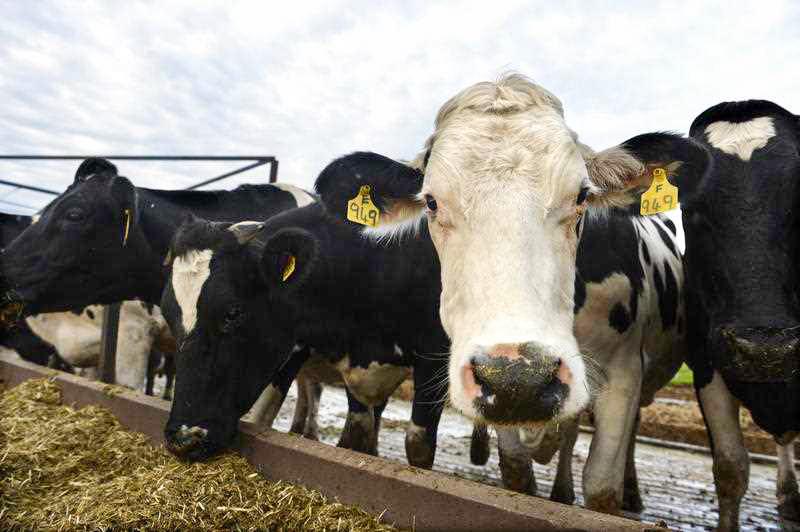A pill designed to cut down flatulence and belching from cows is now being sold around the world as part of the global push to reduce emissions, according to Australia’s CSIRO.
Scientists have blamed the livestock industry for being the number one agricultural source of emissions, accounting for an estimated 14.5 percent of global greenhouse gases, according to the University of California, with a single cow being estimated to belch around 220 pounds of methane a year, a gas considered worse for the environment than carbon dioxide.






